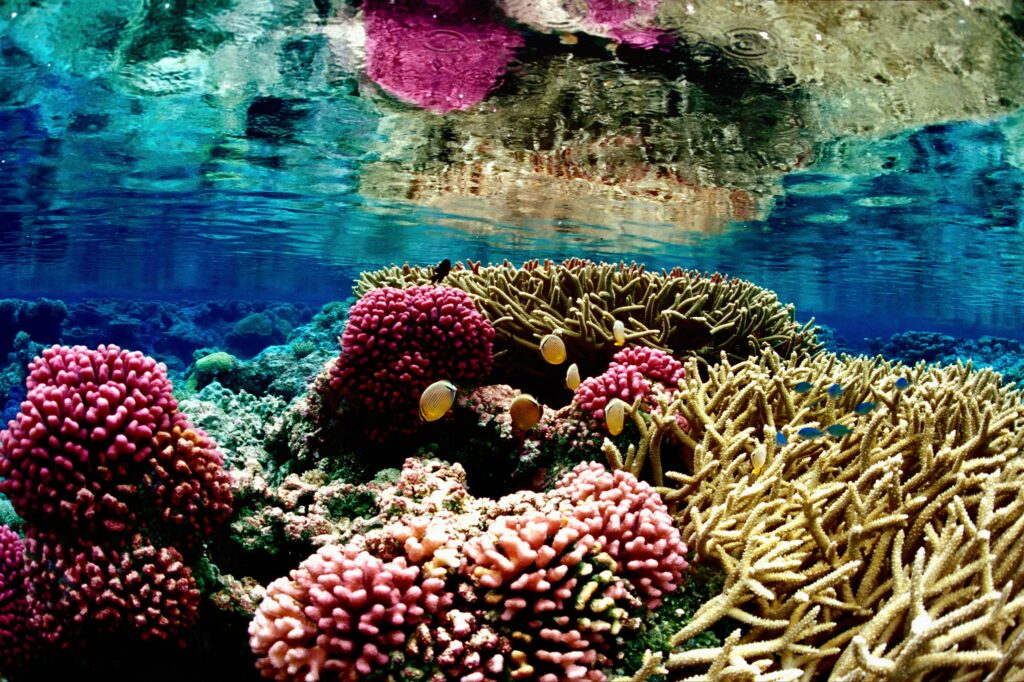Coral reefs are one of the most biodiverse ecosystems on the planet but also one of the most fragile. They face a long list of threats, from climate change to unsustainable fishing to pollution from sunscreen. While it protects our skin, sunscreen releases chemicals into the water that can penetrate corals and other marine ecosystems.

Scientists began to raise the alarm about their potential harm several years ago. This has led to more research, bans on certain sunscreen ingredients in some locations (such as the Virgin Islands) and many sun-care products that manufacturers describe as “reef safe” or “reef friendly.” However, what that actually means remains unclear.
A group of researchers from Tsinghua University have now created a new formula for coral-reef-friendly sunscreen. They used polymerization to create large molecules that block UV radiation but are too big to penetrate our skin, coral and algae. The formula was found to be more effective at preventing sunburn in mice than existing products.
A big step for coral reefs
Lei Tao, a chemist at Tsinghua University and the senior author of the study, was inspired to explore environmentally friendly sunscreens after visiting the Great Barrier Reef in Australia in 2010. In the past three decades, the reef has lost half its coral cover, global warming has caused coral bleaching and pollution has killed starfish.
“I was blown away by the beautiful coral, and ever since I learnt that sunscreen is one of the causes of coral bleaching, I kept thinking about ways to develop a coral-friendly sunscreen,” Tao said in a press statement. “This is an initial exploration of a new strategy to design bio-friendly and coral-friendly polymeric ultraviolet filters.”
For their study, Tao and his team used a chemical reaction to randomly generate different ring-shaped molecules with similar structures to avobenzone, an existing UV filter. Then, they used a second chemical reaction to link these molecules together in different combinations, creating a group of possible polymers to choose from.
The researchers compared the polymer’s SPF value and their capacity to absorb UV radiation and identified the best one. They tested its ability to prevent UV-induced skin burn in mice and found it was much better than commercial sunscreen. It was also safe, as the mice didn’t absorb the polymer through the skin or experience any skin damage.
The polymer they used also appeared to be non-risky for coral and algae. They grew two types of coral and one type of algae in the presence of small amounts of the polymer and none were affected. On the other hand, the same corals bleached and died within six to twenty days of exposure to oxybenzone, a chemical in sunscreens.
One problem with the new formula, though, is that it’s not biodegradable due to the structure of its chemical backbone. However, the researchers see their study as the first step towards developing environmentally friendly UV filters. They will work with companies meanwhile to test the polymer and see whether it can be used in current sunscreen products.
The study was published in the journal Cell Reports.









